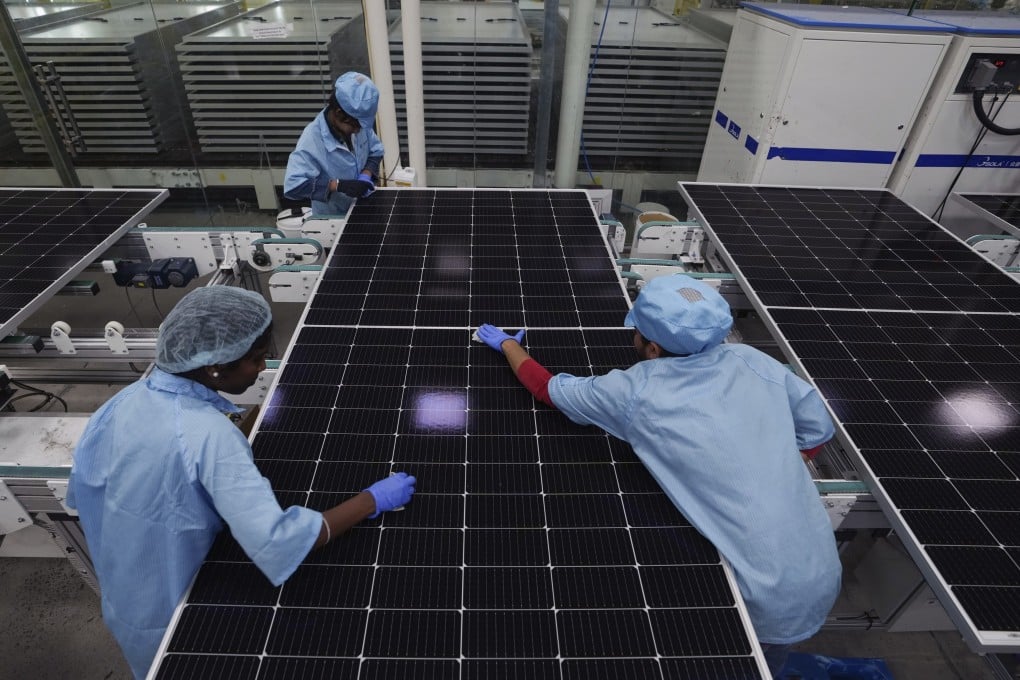India comes for China’s manufacturing crown as supply chains slowly shift
- Reforms and incentives are attracting international investors looking to diversify away from China amid its intensifying rivalry with the US
- But India still has a way to go – on trade ties, education and infrastructure, among others – if it wants to catch up to its giant northern neighbour

Warm weather’s early onset isn’t sapping the spirits of officials in Tamil Nadu this year. Instead, the mood is upbeat as one high-profile overseas investment after another has flowed into the southern Indian state over the past few months.
Shipping and logistics giant UPS also established a global technology hub in the city, beginning in August last year, while leading renewables energy firm First Solar has invested in a manufacturing facility.

But India now looks set to make a pivot, analysts say, and could soon challenge China’s manufacturing pre-eminence amid a changed world order.
Tamil Nadu is one of the country’s success stories. Home to more than 130 Fortune Global 500 companies, India’s southernmost state recently outlined an incentive programme aimed at encouraging investors to go beyond assembling low-value products, and manufacture high-value goods.